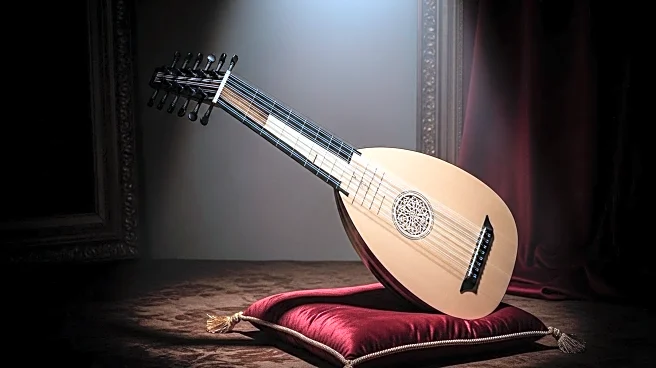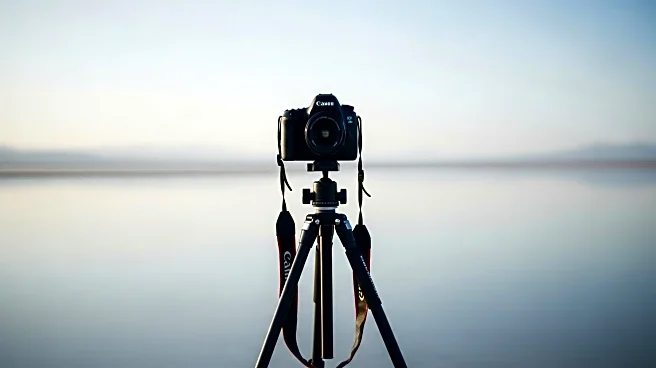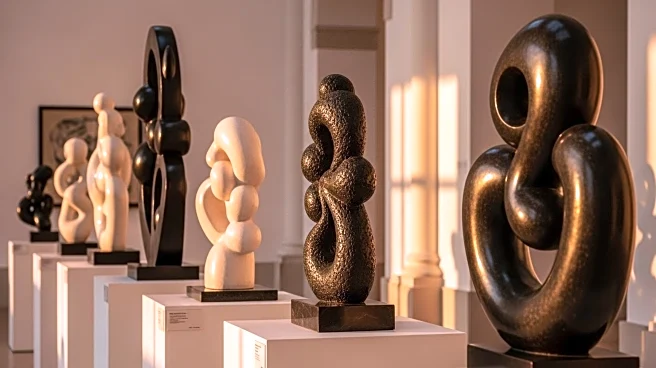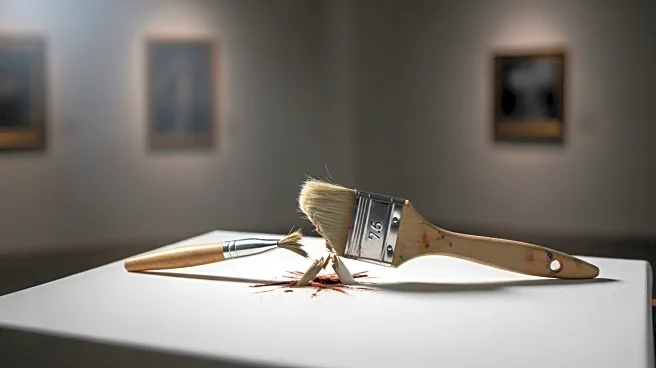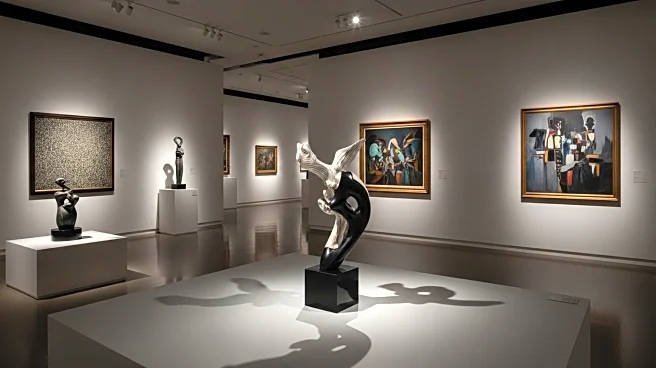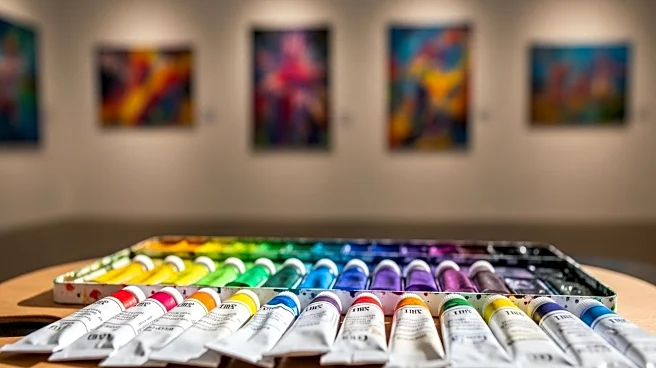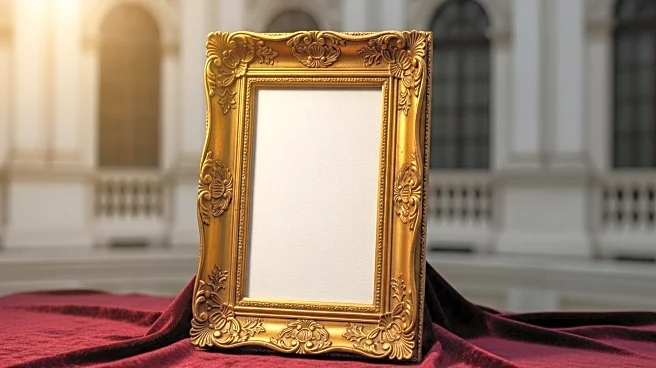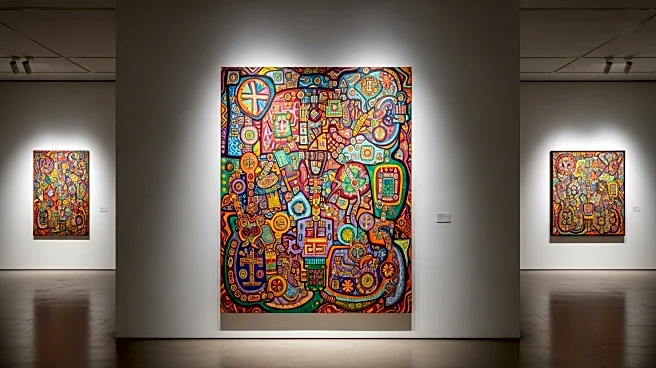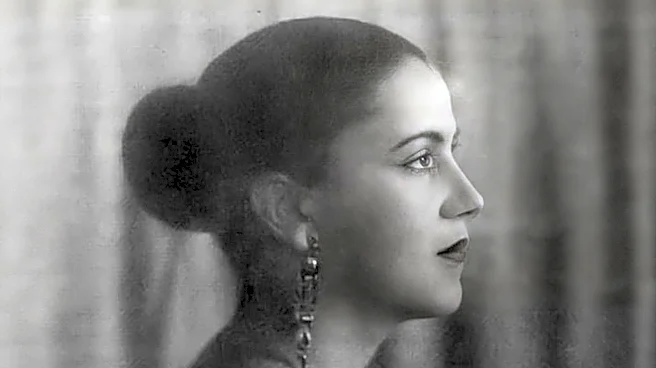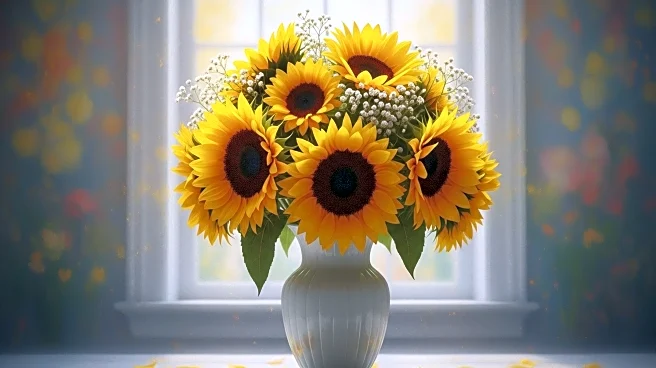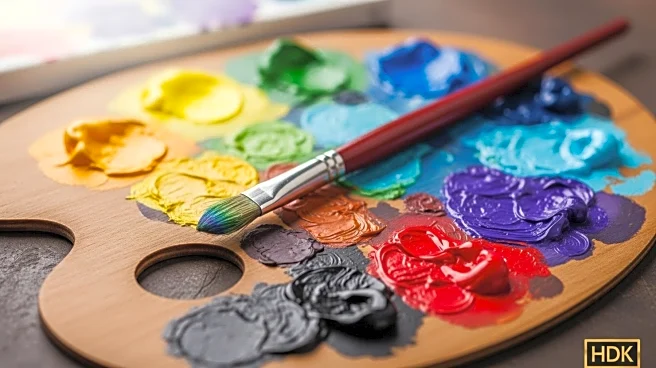What is the story about?
What's Happening?
A painting previously dismissed as a copy has been confirmed as an original work by the 17th-century master Caravaggio, following AI analysis. The painting, The Lute Player, was bought for Badminton House in Gloucestershire in the 18th century and had been sold by Sotheby’s as a copy. Scientific analysis conducted by Art Recognition, a Swiss specialist in authenticating artworks, concluded with an 85.7% probability that the painting is indeed by Caravaggio. This analysis involved AI technology that showed a strong match with verified Caravaggio paintings.
Why It's Important?
The confirmation of The Lute Player as an original Caravaggio has significant implications for the art world, particularly in the valuation and authentication of historical artworks. Caravaggio is revered for his revolutionary use of light and realism, and his works are rare and highly valued. This discovery could lead to a reassessment of other artworks previously dismissed as copies, potentially altering the landscape of art history and market valuations. It also highlights the growing role of AI in art authentication, offering objective analysis that can challenge traditional scholarly opinions.
What's Next?
The painting is currently in London, and discussions are underway about its future placement, potentially in a public collection. The confirmation may prompt further investigations into other artworks attributed to Caravaggio, using AI technology to verify authenticity. Art Recognition and other institutions may continue to refine AI methodologies to enhance accuracy in art authentication. The art market could see shifts in valuations and interest in Caravaggio's works, influencing collectors and museums worldwide.
Beyond the Headlines
The use of AI in art authentication raises ethical and scholarly debates about the balance between technology and traditional expertise in art history. While AI offers objective analysis, it challenges established scholarly opinions, potentially reshaping the field. This development underscores the need for collaboration between technologists and art historians to ensure comprehensive and accurate assessments of historical artworks.
AI Generated Content
Do you find this article useful?
